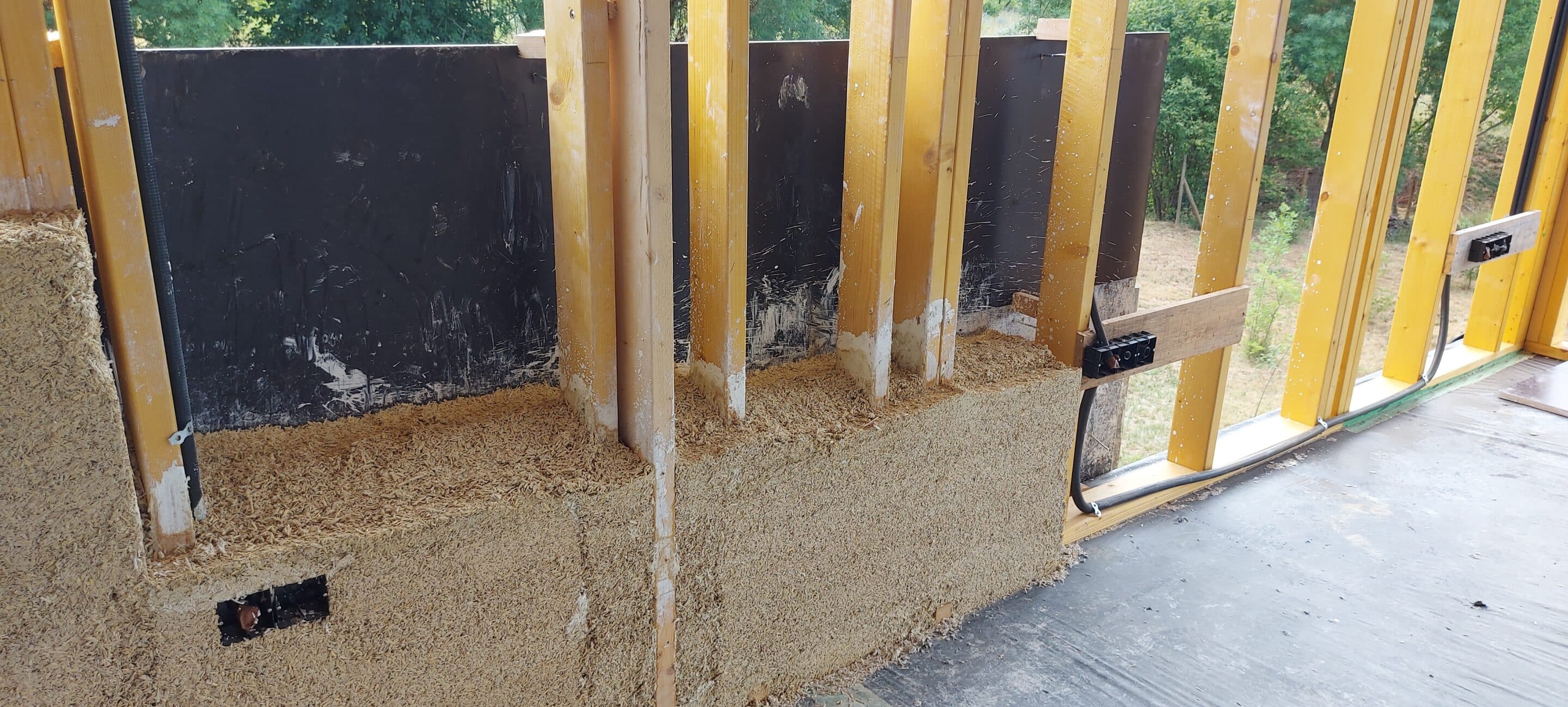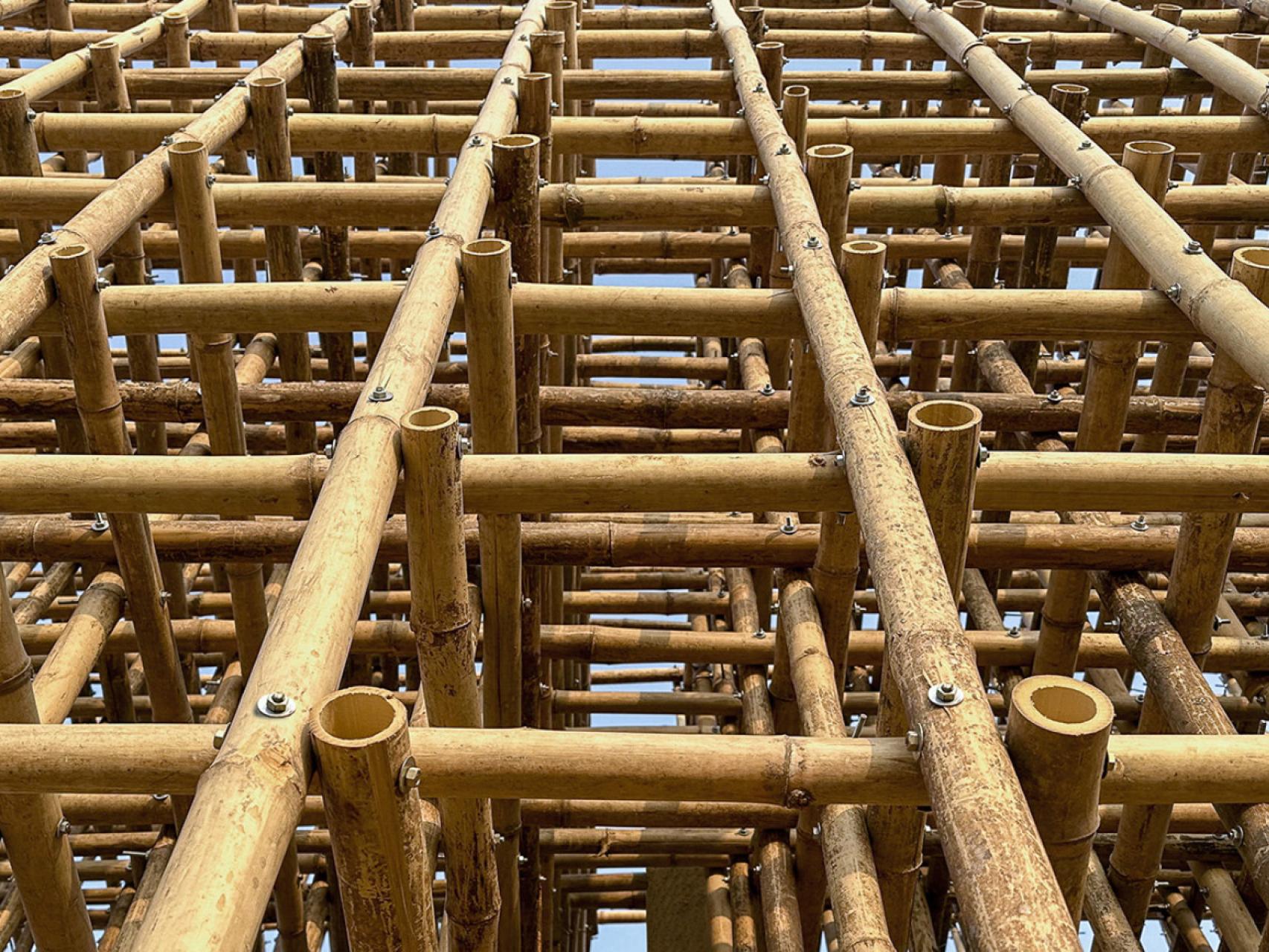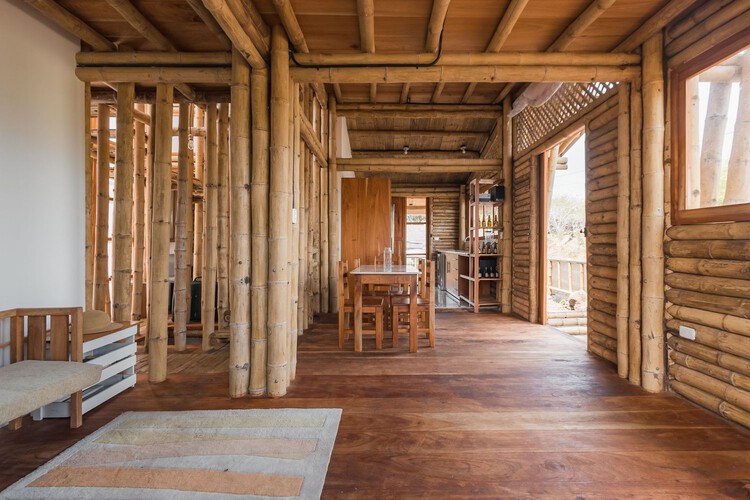Choosing among architecture firms in Costa Rica is not only about aesthetics; it is about climate literacy, permitting fluency, coordinated supply chains, and low-maintenance performance. In a country of marked rainy seasons, coastal salinity, and seismic activity, good architecture leans on passive cooling, disciplined detailing, and materials that breathe.
Natural options like bamboo, responsibly sourced wood, and lime plasters can deliver healthier interiors with lower embodied carbon than conventional assemblies. Understanding how teams work, what to expect, and why these materials excel will help you commission a home that feels calm, efficient, and resilient.
How the best teams structure the work
Well-organized architecture firms in Costa Rica begin with a rigorous site reading that maps sun paths, prevailing breezes, slope, runoff, soil behavior, and existing vegetation. That intelligence drives building placement, massing, shading geometry, and roof overhangs that keep water away from vulnerable joints.
The spatial program ties daily routines to measurable targets for comfort, airflow, and budget, converting preferences into performance. From there, a clear concept anchors engineering, procurement, and a realistic construction calendar.

During technical design, structure, MEP, envelope specs, and the build sequence are aligned with a cost plan and acceptance criteria. Comprehensive drawings reduce rework on site, which matters when bamboo, custom carpentry, and lime finishes require skilled trades and specific curing windows.
In parallel, submittals and mock-ups fix expectations early, while checklists keep contractors and suppliers synchronized. Handover is not just keys; robust teams deliver use-and-care manuals so the building keeps its promise through the wet season.
Interdisciplinary coordination that avoids surprises
Experienced architecture firms in Costa Rica integrate topographic and geotechnical studies with climate simulations before locking structural systems. With that foundation, designers tune cross-ventilation, set overhang depths, and right-size thermal mass rather than oversizing air-conditioning.
Critical junctions—drip edges, capillary breaks, and ventilation paths—are solved on paper, not improvised in the mud. This discipline protects budgets and transforms weather risk into a manageable schedule.
Craft partnerships are decisive when natural materials must perform and look refined. Carpentry shops and bamboo specialists need booking windows and assembly sequences planned months ahead, especially outside metro areas. A staged purchasing plan with approved samples prevents last-minute substitutions and clarifies finish quality. The result is a smoother build, less waste, and traceable quality that survives staff changes across a long project.
Permits and the municipal pathway
Organized architecture firms in Costa Rica treat permitting as a design deliverable, not an afterthought. Consistent drawing sets, narratives, and insurance documents shorten reviews and keep groundworks aligned with the rainy calendar. Requirements vary by canton, yet the logic repeats: completeness, safety criteria, clear alignments, and environmental procedures where needed.
Planning permits in parallel with design development secures early approvals for foundations, septic systems, or utilities that define the critical path.
Local experience matters because municipal interpretations and inspection cadence differ. Teams familiar with several cantons anticipate checkpoints, minimize corrections, and time procurement so crews do not sit idle. Transparency around expected durations, indirect costs, and construction stages lets clients compare proposals on performance rather than unit price alone. That clarity prevents cascading delays and preserves contingencies for genuine unknowns.
Natural materials versus conventional systems
Thoughtful architecture firms in Costa Rica choose materials on technical and logistical grounds, not ideology. Bamboo stands out for strength-to-weight and ductility under seismic loads when maturity at harvest, borate treatment, and keep-it-dry detailing are respected.
Locally sourced wood offers hygroscopic comfort and visual warmth with a smaller footprint when responsibly managed. Lime-based plasters and earth mixes let walls breathe, moderating indoor humidity and curbing mold pressure in long wet spells.

Compared with concrete and steel, these materials demand more attention to detailing and trade skills, yet they reward with faster assembly, lower embodied energy, and repairable finishes. In coastal or high-rainfall zones, success hinges on moving water away, ventilating assemblies, and protecting junctions from splashback and capillarity. The winning formula is often a hybrid: light primary structure, targeted mass where inertia helps, and ventilated skins that cooperate with climate instead of fighting it.
Bamboo structure: performance, detailing, and care
Seasoned architecture firms in Costa Rica start bamboo design with species selection, maturity at harvest, and thorough treatment before any assembly. Sealed ends, stand-off pedestals that isolate from splashback, and wide roof overhangs extend service life dramatically.
Connection design is the safety valve: plates, sleeves, and quality bolts spread loads and avoid fiber crushing, while diaphragms in the roof plane calm the frame during storms. Good drainage, generous gutters, and clear drip lines keep moisture away from vulnerable edges.
On site, sequencing matters as much as drawings. Torque checks after the first rainy cycle and periodic inspections maintain structural performance without invasive interventions. Finishes based on natural oils or waxes preserve tone and stability while allowing the culm to breathe. Paired with anchored wood panels and well-ventilated ceilings, bamboo yields light, resilient spaces that absorb sound softly and invite daylight without glare.
Wood and lime: comfort, health, and longevity
Competent architecture firms in Costa Rica deploy local hardwoods in ventilated façades, decks, and bespoke carpentry that tolerate humidity and salinity. Clear drip geometries, off-ground distances, corrosion-resistant hardware, and intentional airflow create a chain of decisions that lengthens service life.
Indoors, tuned shading and cross-ventilation reduce expansion swings, keeping touch surfaces stable and pleasant through the day. Thoughtful detailing beats brute coatings and simplifies maintenance cycles for years.
Lime plasters enable walls to handle vapor gracefully, cutting condensation and surface pathologies common in humid climates. They accept mineral pigments and refined textures that age with dignity and patch cleanly when needed. Combined with stabilized earth partitions, they add thermal and acoustic mass without punishing overall weight. The blend produces healthy interiors that feel calm and are straightforward to keep in good shape.
Finishes and spatial character with natural components
Well-chosen finishes are part of performance, not cosmetic afterthoughts. Cane and laminated bamboo ceilings soften reverberation and guide lighting toward comfortable, indirect layers. Lime-washed walls in mineral tones, dense wood floors, and fine-aggregate microconcretes build timeless palettes that mature handsomely with simple upkeep. Coherent material families and crisp junctions produce rooms that feel composed and quietly crafted.
Small decisions multiply perceived quality: wood shadow-gaps protect glazing, ventilated baseboards keep surfaces off splash zones, and slim tensioned rails clarify lines on stairs and balconies.
Perforated bamboo screens filter sun and breeze while maintaining sightlines to trees and sky, giving privacy without sealing the building. With these moves, spaces read fresh, organized, and durable, relying less on machines even through heavy rains.

To orient finish decisions around comfort, durability, and maintenance, consider the following practical moves. Each option tackles humidity control, daylight quality, or ease of renewal without burdening the build. You can combine several in a single project and adjust them to the site’s microclimate and your daily routines. With that frame in mind, strong candidates include:
-
Indirect lighting on cane or laminated bamboo ceilings to cut glare and soften acoustics.
-
Bamboo lattice panels on terraces to temper low sun and coastal breezes without closing views.
-
Lime plasters tinted with mineral pigments for breathable walls that regulate humidity.
-
Dense wood flooring treated with natural oils for quick, low-impact refresh cycles.
-
Built-in wood furniture that streamlines storage and clarifies circulation paths.
Timelines, budgeting, and risk management
Disciplined architecture firms in Costa Rica build calendars during design, not after groundbreaking. Permitting, procurement, and prefabrication are synchronized so critical items do not collide with peak rain or high demand for trades.
When bamboo components, custom joinery, and lime finishes enter the picture, curing windows and workshop reservations must be set early. This approach turns calendar pressure into orderly, verifiable progress instead of crisis management.
Financial planning deserves the same rigor as detailing. Cash-flow curves tied to milestones, clear change control, and approved samples reduce friction and keep decisions timely. Communication with contractors and suppliers—documented with site notes and photos—creates traceability that survives staffing shifts. The outcome is a calmer project where quality is visible and contingencies remain intact for the unexpected.
-
Define performance goals, scope, and target budget with measurable criteria.
-
Lock the concept with passive strategy, material palette, and parametric cost checks.
-
Complete engineering, issue a staged procurement plan, and align deliveries with weather.
-
Submit permits while tendering, validating buildability with mock-ups and shop drawings.
-
Supervise through checklists and acceptance criteria, closing with use-and-care manuals.
Comparative view of materials for tropical conditions
Thoughtful evaluation weighs footprint, upkeep, and assembly notes across the life cycle. The table below is a concise lens to start conversations about priorities in rainy, saline, and seismic contexts. The answer is rarely either-or; hybrids often win by mixing the strengths of each material. Detail quality and maintenance rhythms weigh as much as the headline material choice.
| Material | Environmental impact | Upkeep level | Key observations |
|---|---|---|---|
| Bamboo (structural) | Low | Medium | Excellent strength-to-weight; keep dry, treat well, use stand-off pedestals. |
| Local certified hardwood | Low–Medium | Medium | Hygro-comfort and warmth; protect from sun and standing water. |
| Lime plasters | Low | Low–Medium | Breathable walls; elegant repairs; compatible with heritage work. |
| Reinforced concrete | High | Low | Strong and durable; heavy and energy-intensive to produce. |
| Steel | High | Medium | Outstanding strength; watch corrosion in coastal environments. |
A balanced mix often serves best: a light bamboo or timber frame, ventilated wood façades, lime plasters inside, and concrete only where geotechnics demand it. That combination controls cost and time while improving comfort and maintenance. The guiding principle is to reduce unnecessary layers, let assemblies breathe, and design joints that work with the climate rather than against it.

Selecting a studio and comparing proposals
Use real-world filters, not slogans. Ask to see completed works in similar climates and terrains, together with their care plans. Credible architecture firms in Costa Rica present realistic schedules, parametric estimates, and a staged purchasing plan tied to weather windows. They also explain tolerance control, water-tightness testing, and connection inspections, all of which anchor durability and reduce callbacks.
Communication style is not cosmetic; it determines outcomes. A team that documents decisions, tracks progress, and answers with data makes client oversight straightforward. Probe for crew availability, warranty policies, and closing protocols so responsibilities are explicit. With those elements in hand, comparing proposals shifts from unit price to an evidence-based view of performance across the building’s life.
To help you evaluate studios with a common yardstick, the checklist below condenses attributes that correlate with successful projects. Treat it as a quick diagnostic; the more “yes” answers you collect, the lower your execution risk becomes and the easier it is to keep quality consistent from concept to punch list.
-
Demonstrated delivery of bamboo, wood, and lime assemblies with climate-appropriate detailing.
-
A permitting roadmap, realistic calendar, and confirmed delivery windows with local workshops.
-
Transparent budgeting with line items, tolerances, and acceptance criteria per trade.
-
Continuous technical supervision supported by checklists and photographic records.
-
Clear use-and-care manuals tailored to the first rainy seasons and beyond.
What to expect from costs and schedules right now
Sector momentum influences workshop availability, labor calendars, and lead times for finishes. That is why the procurement plan should be designed alongside drawings, not bolted on later.
When bamboo or custom joinery is central to the concept, placing early reservations for seasoned teams prevents bottlenecks and protects quality. The same holds for mountain sites with difficult access or coastal lots that face aggressive salt spray.
Cost control improves when decisions are measured against performance targets instead of generic allowances. Mock-ups resolve expectations before full-scale work begins, and acceptance checklists convert “looks good” into criteria everyone can verify. Most importantly, low operational energy is a consequence of passive architecture, not an add-on gadget. Buildings that breathe, shade correctly, and dry fast need fewer machines to stay comfortable, which is the strongest cost reducer over time.
A compact design playbook for resilient tropical houses
Many clients ask which moves should never be missing from a home in this climate. The sequence below distills steps that reliably produce calm, durable houses across Costa Rica’s varied microclimates. It is not a formula; it is a pragmatic playbook that anchors performance while leaving room for character. Use it to test proposals and to focus the team on first principles rather than last-minute fixes.
-
Read the site deeply: wind, sun, runoff, vegetation, and neighbors’ patterns of use.
-
Align massing, window placement, and overhangs to drive cross-ventilation before adding systems.
-
Choose a hybrid of light structure and targeted mass that suits soil and logistics.
-
Detail every water path—what sheds, what drains, and what must never wick by capillarity.
-
Build a maintenance rhythm into design: inspections, gentle cleaning, and periodic renewals.
Why natural finishes are both beautiful and practical
Bamboo, wood, and lime are not trends; they are tools for clarity, comfort, and repairability. Their grain and mineral textures invite touch without shouting for attention, and they age with grace rather than peeling in sheets. Because they can be renewed in place, you refresh small areas instead of replacing entire layers, which preserves character and reduces waste. Over time, that restraint reads as authenticity and keeps life-cycle costs grounded in simple routines.
Resale value often follows performance plus emotional appeal. Houses that are cool without heavy machinery, that smell clean after a storm, and that let light shift gently through the day tend to photograph well and hold desirability. That is the quiet dividend of breathable envelopes and details that keep water away from edges. It is also why the best work feels effortless even when the engineering behind it is anything but.
Build with purpose alongside Batsu Architecture
Among architecture firms in Costa Rica, Batsu Architecture stands out for method, climate sensitivity, and a genuine commitment to natural materials. The studio works from the site outward and from your everyday routines inward, aligning architecture with how you actually live.
Their approach blends passive cooling, breathable envelopes, and measured budgets so your home remains comfortable, quiet, and low-maintenance through yearly wet and dry cycles. You can see that care in specific moves: precise bamboo joints, stand-off pedestals that keep components dry, deep overhangs that protect façades, and cross-ventilation that calms rooms without drafts or noise.
From first sketch to handover, Batsu Architecture structures decisions with calendars, staged procurement, and checklists that make quality visible. Workshops are booked early, mock-ups fix expectations, and crews are supervised with photographic records and clear acceptance criteria.
You receive practical use-and-care guides tuned to Costa Rica’s rainy seasons so finishes age well and upkeep stays simple. Budgeting is managed as a life-cycle conversation—balancing first cost with comfort, durability, and operating energy—rather than chasing the cheapest line item.

